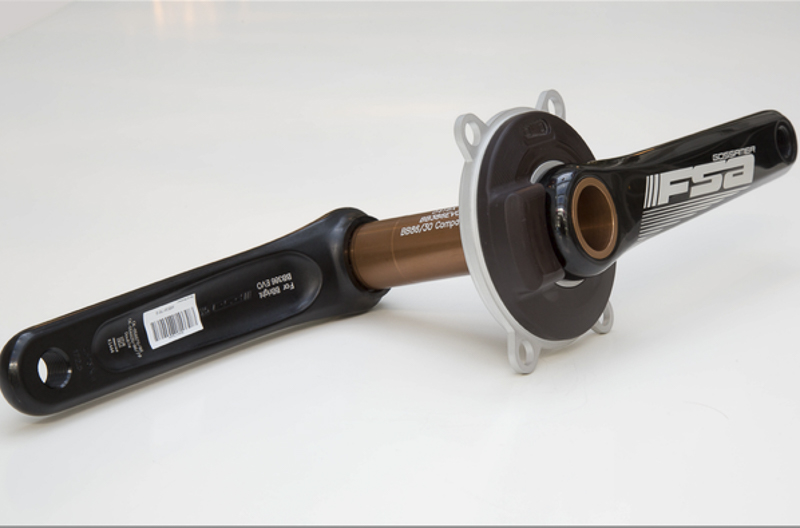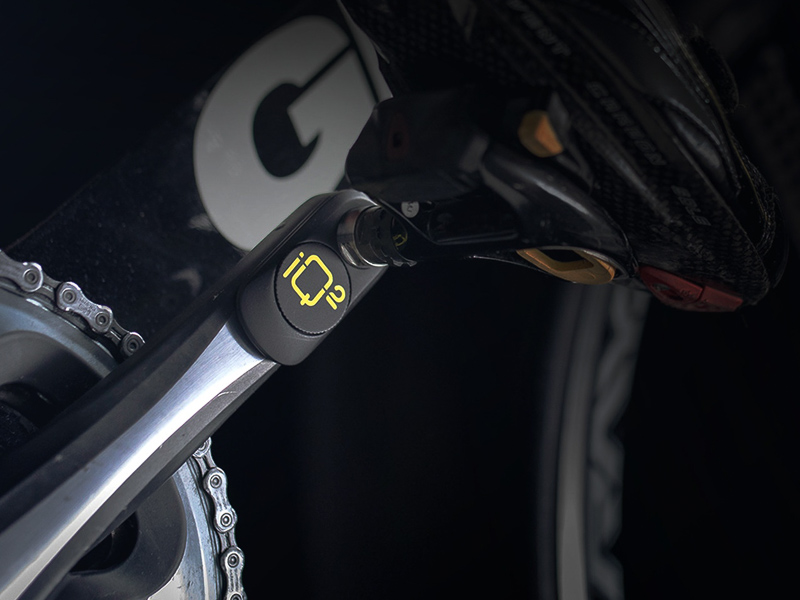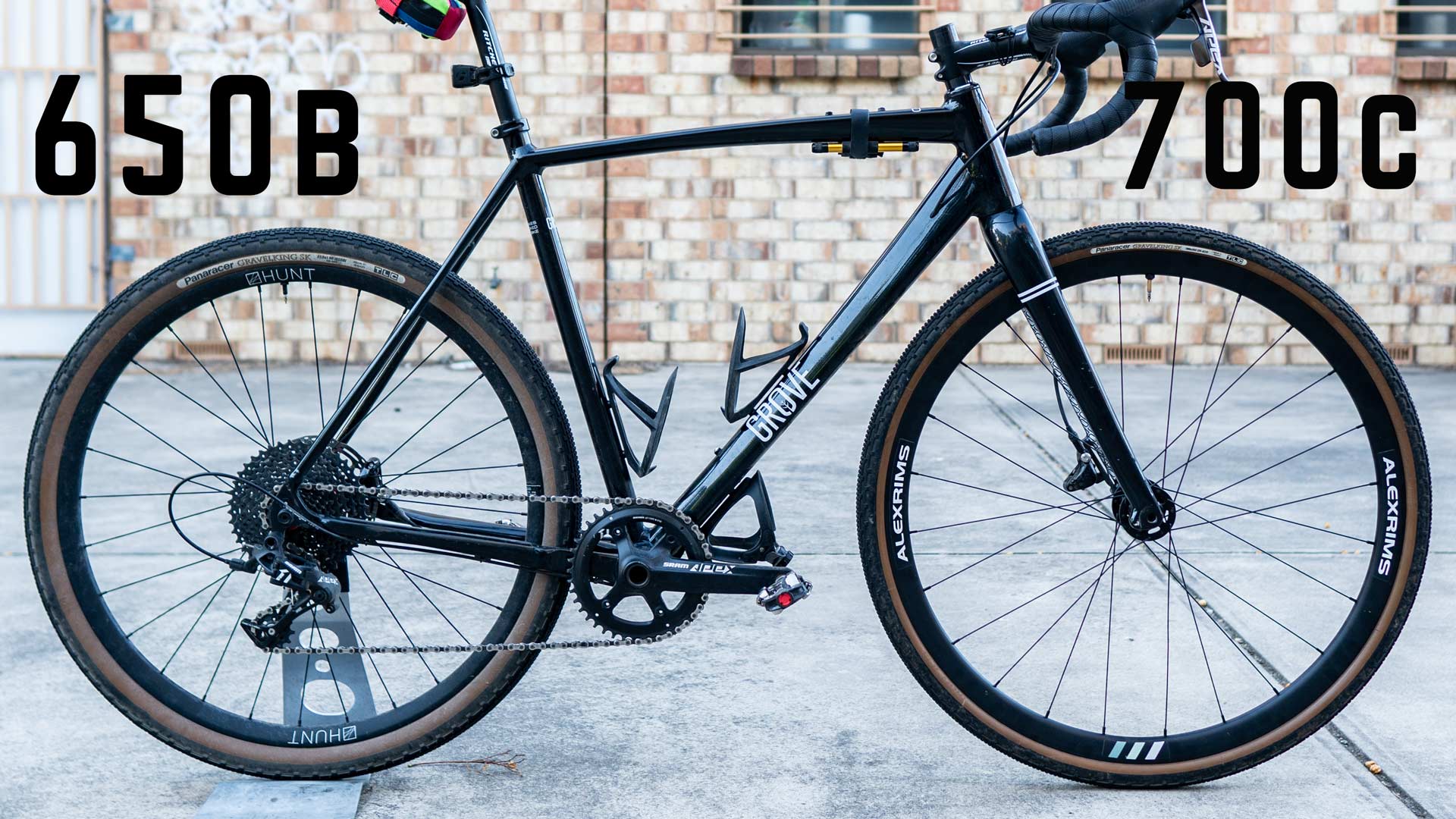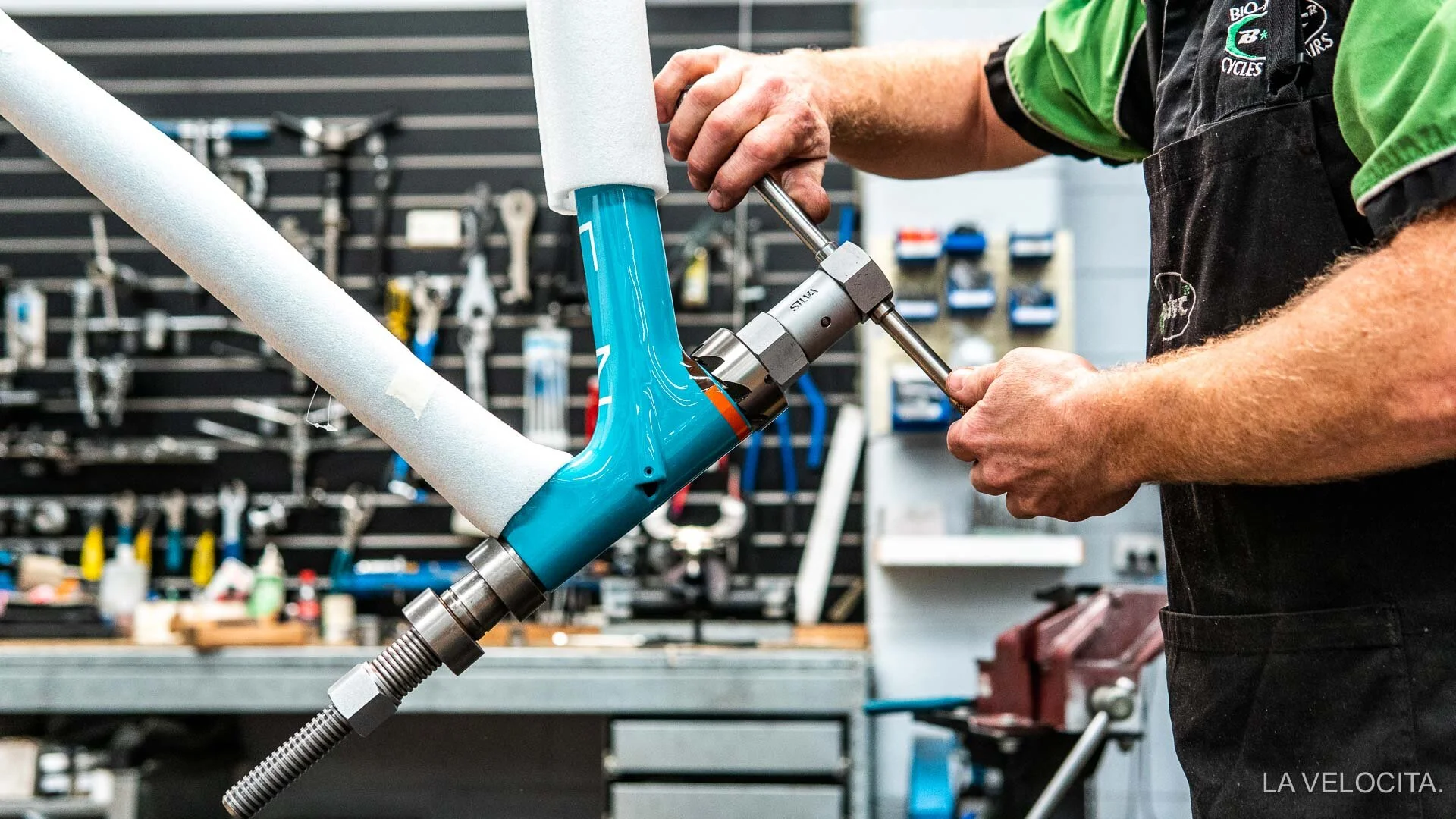Crowdfunded power meters; the good, the bad, and the ugly

We decided to dive into the plucky successes and depressing disasters of crowdfunded power meters
Words - James Raison
Crowdfunded power meters had something a gold patch a few years ago with promises of low prices, high accuracy, and universal compatibility. It seemed that every design engineer who rode a bike on weekends thought they could show up the established brands. How hard could it be? Turns out it’s very hard. So, below is a wrap-up of the high profile power meters that have graced crowdfunding sites over recent years. Keep these examples in mind before you board the hype train and back any crowdfunded tech product.
TEAM ZWATT
Let’s start with some success stories before I depress you all with tales of woe.
The Danes at Team ZWATT have successfully ridden the crowdfunded wave with their insufferably named, but nonetheless apparently successful, Zpider, Zpindle, and Zimanox power meter offerings. The rechargeable crank, spindle, and spider-based options blew through their Kickstarter goals. ZWATT’s business model had a twist; users would have to pay an ongoing subscription to use them and agree to regularly upload data. Zwatt showed a commitment to software rather than pure hardware and wanted the user data to improve their algorithms. In case you were wondering; failure to pay the subscription would leave you with an ordinary crank. Zwatt could remotely deactivate units.
Zwatt has been developing an MTB power meter since their initial offering and stick with their business model and incomprehensible name. Just imagine explaining your “ÿding” MTB power meter to people once it arrives.
It seems Zwatt is the great hope for Kickstarter power meters. They exist, they work, and the business is expanding into other products.
POWERPOD
Here’s another successful… errr… power device? The PowerPod uses wind resistance, accelerometers, gradient, and rolling resistance estimates to give you its best calculation at actual power output. One can argue that it’s not strictly a true power meter but there’s loads of positive experiences with the device showing that it’s pretty decent over longer efforts. It’s less accurate with something like a short sprint, but that’s not exactly the modus operandi for this unit. With correct use and the right expectations it seems like a solid unit, particularly popular among triathletes and TTers.
It raised a modest $128,011 during its 2015 campaign. Its unfamiliar way of predicting power likely kept the hype more muted that the products below. It is, nonetheless, a success story that has lived on to produce a second generation. It’s cheap, simple, easily moved between bikes, and relatively discrete.
IQ2
Even I’ll admit to wanting an IQ2. Not enough to come remotely close to backing it, but there was desire nonetheless. IQ2 promised to be a truly universal power meter fitted between pedal spindle and crank that I could shift between any genre of bike.
IQ2 went big on their media spend, likely helping it become the most backed cycling power meter in Kickstarter history with over $932,000 USD pledged. Then things got weird. Early May 2019 saw an announcement that the original design for the IQ2 has been canned and backers will instead be getting a standard road pedal power meter. That’s quite a pivot. Obviously many backers are annoyed because it’s not the product they backed. Creator Keesjan Klant had some less-than-helpful advice for people who wanted refunds in a recent backer update;
“First of all, thank you again for backing our crowdfunding campaign! Without you we wouldn’t have gotten to where we are right now. You cannot cancel your pledge as the money funded by our backers has been used as an investment into the production of the power meters.
We are doing this for the cycling community, so that this useful tool is obtainable even for people with not so much money who are just priced out in the current situation. We understand that some of you are disappointed, but also hope you can remember the bigger picture: you are part of this project, to give everyone in the cycling community the opportunity to be able to train and ride with the insightful pacing tool that is a power meter.”
Don’t be mad about not getting a refund backers, it’s for the greater good! Even more baffling than the official statement are the number of backers who are ok with it because that’s the risk you take with Kickstarter. A sadly low bar for corporate responsibility.
It remains to be seen whether IQ2 will be a success or failure but it’s unlikely anything will be delivered to backers soon. A 4 June update proudly shows pedal axles with sensors fitted being delivered to company HQ, heralding the start of testing the pedal system. Hang in there backers, your pedals could be a long way away if they come at all.
Zone DPMX
The Brim Brothers (a made-up moniker involving two friends who weren’t brothers or named Brim) Zone DPMX was meant to be a shoe-based power meter that lived between your cleat and the sole of your kicks. It’s an interesting concept, meaning riders only need to use the same shoes across their bike collection to get consistent power data.
May 2016 saw the Kickstarter campaign smash its target within 24 hours. Spirits were high with the Brim Brothers having, what they thought, was a final design and working prototypes before their Kickstarter capital raising. Unfortunately, it all went wrong after that.
The challenges of scaling from making a handful of prototypes to consumer-ready units can be brutal. There can be a high failure and inaccuracy rate as units get quality tested off the production line. More crucially for the Brim Brothers, the company hadn’t tested at a large enough scale to conquer the shoe and rider variables. Different shoes gave different readings because of sole flex, cleat placement, and rider’s pedalling action. Inconsistency is the death of a power meter.
The project ran out of money, shut down operations, and no units were ever delivered to customers. Backers were out of pocket and CEO Barry Redmond saw life savings and retirement buffer disappear. A cruel reminder that crowd funding sites are usually the only beneficiaries of crowdfunding projects.
CyclingTips did an excellent article on the Zone DPMX if you’d like the blow-by-blow account of what went wrong.
LIMITS
LIMITS was another purportedly universal power meter shot to stardom before slowly fading into deafening silence following its successful Indiegogo campaign. LIMITS raised $558,045 during its 2015 funding efforts but the following years are hard to track exactly what happened. LIMITS hasn’t been forthcoming with information.
Let’s rewind to why LIMITS was so successful. Its spindle-based system lived between pedal axle and crank promising easy installation transfers between bikes, just like the IQ2.
Our great champion of the people, Lord DC Rainmaker, started noticing some major holes in LIMITS’s messaging in late 2015, as the unit was meant to be shipped to backers. DC Rainmaker published a list of concerns, chief among them was the short timeframes, lack of data from a functional LIMITS unit, and a marketing campaign that used dummy units and talked in generalities about power meters rather than the performance of functional LIMITS. He got an angry response from LIMITS but has been totally vindicated since then.
LIMITS went completely silent in 2017 following a partial shipment of units. Their Indiegogo page is still ticking over with depressing stories from those who did and didn’t get their unit. Customers are reporting battery life issues and shoddy build quality with no response to support requests. There are many angry backers who received no unit and stony silence from LIMITS themselves.
WRAPPING UP
So, what are the lessons for prospective backers of any cycling tech on a crowdfunding site? I’ve got a few based on research for this article:
Crowdfunding sites will not act in your best interests. You won’t get anything back from failed projects so don’t spend more than you’re willing to lose.
Working prototypes count for very little. Manufacturing at scale introduces new and substantial problems that can kill products.
Don’t believe images of a product in use. They could be dummy units.
Read the text on crowd funding pages very closely and try not to be wowed by the marketing jargon.
Always keep in mind that experienced power meter companies spend years developing their tech. Anyone promising to do the same thing within months is someone to be wary of.
Remember folks; if it sounds too good to be true then it probably is!












